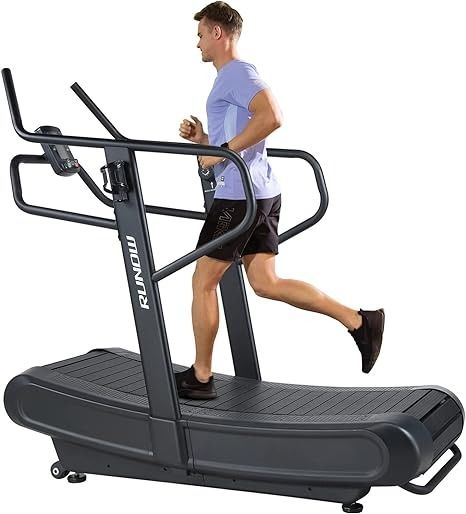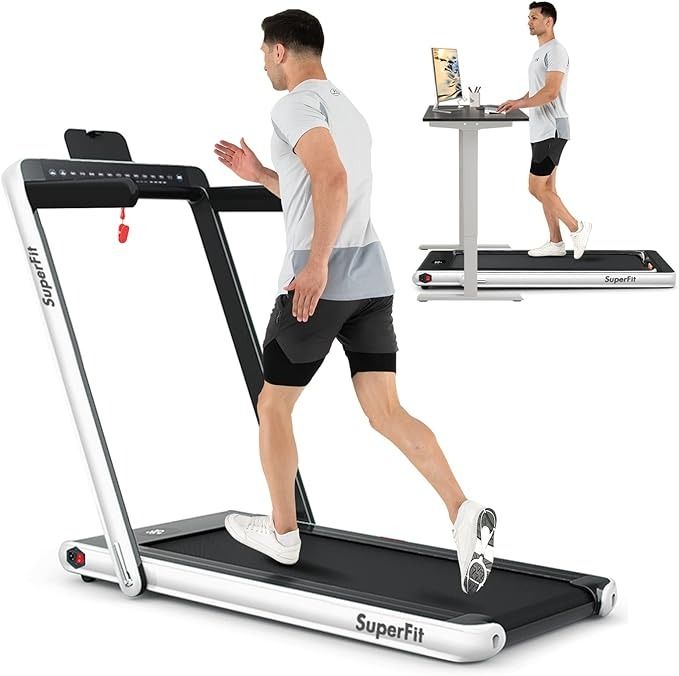Energy Usage of Treadmill: What You Need to Know
If you’re using a treadmill at home or the gym, you might be wondering: how much energy does a treadmill really use? Is it a major power hog, or just another small contributor to your electric bill?
Let’s break it down. In this guide, we’ll explore the energy usage of treadmills, what factors influence it, and how you can reduce electricity costs while staying fit.
🔌 How Much Energy Does a Treadmill Use?
Most motorized treadmills use between 1,500 to 2,000 watts of electricity during use. That’s about the same as a hair dryer or a small space heater. The actual energy usage depends on the model, settings, and how long you use it.
At an average electricity rate of $0.12 per kilowatt-hour (kWh), using your treadmill for 30-60 minutes a day could add $10 to $20 to your monthly electric bill.
⚙️ Key Factors That Affect Treadmill Energy Usage
1. Motor Size (Horsepower)
Treadmill motors are typically rated between 1.5 to 4 horsepower (HP). A higher HP motor can handle faster speeds and heavier users—but it also consumes more energy.
Tip: For home use, a 2.5–3.0 HP motor is usually sufficient.
2. Incline Settings
Using the incline feature mimics walking or running uphill. It’s great for burning calories—but it requires more power from the motor.
Tip: Use incline in short bursts or intervals to save on energy in treadmills.
3. Speed Settings
The faster you go, the harder the motor works. Running at 8-10 mph will use more electricity than walking at 3-4 mph.
Tip: Walking or light jogging is not only energy-efficient, but also joint-friendly.
4. User Weight
Heavier users increase belt friction, making the motor work harder and drawing more power.
Tip: Keep the treadmill clean and well-lubricated to reduce resistance, especially if multiple people use it.
5. Treadmill Belt Maintenance
Friction from a worn or dry treadmill belt causes the motor to consume more electricity. Regular maintenance helps reduce this.
Tip: Lubricate your belt every 3 months or according to the manufacturer’s instructions.
6. Machine Weight
Heavier and sturdier treadmills may require slightly more power, especially when starting up.
Tip: Don’t worry too much—this impact is usually minimal.
7. Workout Programs
Pre-set workouts like interval training or hill climbs may use more power than steady-state cardio because they vary speed and incline more often.
8. Ambient Temperature
Treadmills in hot or poorly ventilated rooms may overheat and consume more energy.
Tip: Keep your workout area cool and well-ventilated.
9. Electrical Efficiency
Modern treadmills are often more energy-efficient than older ones. Models made in the last 5–6 years use less electricity thanks to improved motor designs.

⚡ Energy Usage: Manual vs. Motorized vs. Self-Generating Treadmills
Not all treadmills use the same amount of power. Let’s compare:
| Type | Electricity Use | Details |
|---|---|---|
| Manual Treadmills | Very Low | No motor—powered by your movement. Great for saving energy. |
| Motorized Treadmills | High | Uses 1,500–2,500 watts. Speed and incline use more power. |
| Self-Generating Treadmills | Moderate | Hybrid system. Partly powered by your motion; more efficient. |
💡 How to Reduce the Energy Usage of Your Treadmill
Here are some simple tips to make your treadmill more energy-efficient:
-
✅ Schedule workouts during off-peak hours (early mornings or late evenings) to help reduce grid load.
-
✅ Lubricate the belt regularly to reduce friction.
-
✅ Use moderate speeds (around 4–6 mph) for everyday workouts.
-
✅ Turn off or unplug the machine when not in use to avoid standby power draw.
-
✅ Keep the treadmill clean and maintained—a clean machine runs more efficiently.
-
✅ Upgrade old models if they’re over 6 years old. New models are quieter and more energy-efficient.
💰 Electricity Cost Breakdown
Here’s a rough estimate of what running a treadmill might cost you:
-
Per hour workout: $0.18–$0.24
-
Monthly (30-min/day use): $10–$20
-
Idle/standby mode: Less than 10 watts per hour (minimal)
🔧 Bonus: Treadmill Components That Use Power
Aside from the motor, some components that draw energy include:
-
LED/LCD display screens
-
Heart rate monitors
-
Cooling fans
-
Built-in speakers and Bluetooth
Tip: Turning off unnecessary features during use can also save energy.
✅ Tips to Reduce Treadmill Energy Usage
Want to enjoy your workouts without the guilt of high electricity use? Follow these tips:
-
🕒 Workout during off-peak hours (early mornings or late nights) to save energy costs.
-
🛠️ Lubricate the belt regularly to reduce resistance.
-
⚙️ Keep belt tension adjusted as per manufacturer guidelines.
-
🐢 Stick to moderate speeds for regular workouts—less power, less wear.
-
🔌 Turn off or unplug your treadmill when not in use to avoid phantom power usage.
-
🧰 Service your treadmill regularly for peak efficiency.
-
🔄 Upgrade older models to newer, more energy-efficient versions.
These small steps can make a big difference over time—both in your electric bill and in the life of your machine.
✅ Conclusion: Is a Treadmill an Energy Hog?
Not really. While treadmills do consume moderate energy, they’re not among the highest energy users in your home. With smart usage habits, regular maintenance, and efficient models, you can enjoy your workouts without breaking the bank on your electric bill.
